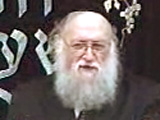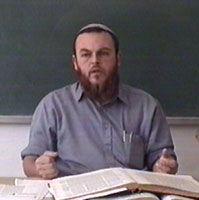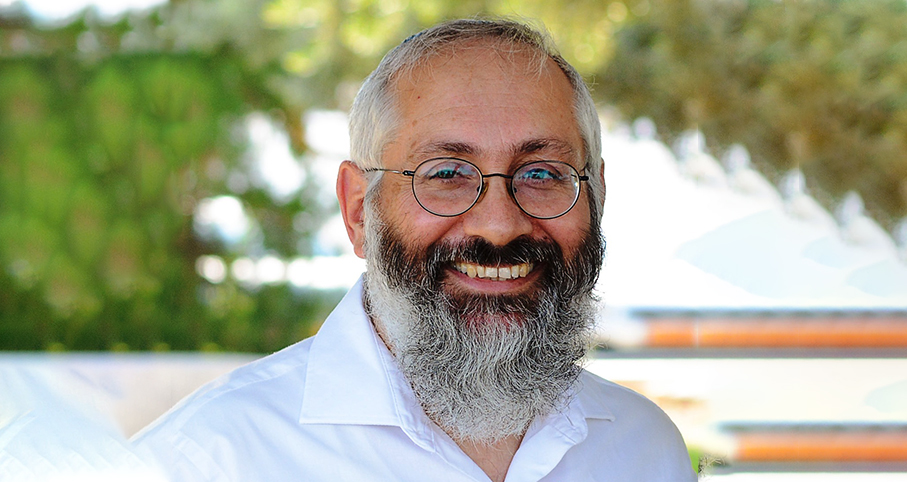Beit Midrash
- Sections
- Chemdat Yamim
- Parashat Hashavua
- Torah Portion and Tanach
- Bamidbar
- Naso
Migdal Eider also comes up in Sefer Bereishit, as the region where Yaakov’s flock grazed upon his return from Aram (Bereishit 35:21). Targum Yonatan (ad loc.) says that this location of Migdal Eider is the place from where the Mashiach will be revealed at the end of days. The context of this mentioning of Migdal Eider is the aftermath of the burial of the matriarch Rachel and the traveling toward Hebron, where Yaakov settled in proximity to his father.
Experts in the geography of Eretz Yisrael have identified a hill overlooking the yishuv of Migdal Oz in the Gush Etzion region as the likely location of the biblical Migdal Eider. This hill has a special connection with Jerusalem, as it is the only spot between Hebron and Jerusalem from which one can see the distant Temple Mount. It is very likely, then, that this is the place at which we are told that Avraham, on the way to Akeidat Yitzchak, "saw the place from a distance" (ibid. 22:4).
It is also not surprising that Bar Kochva, whom Rabbi Akiva thought was Mashiach (Rambam, Melachim 11:3), set up his headquarters in this area. He was likely aware of the tradition that found its way into the Targum that this is a place which is fitting for the Mashiach.
From the time of Bar Kochva until 1927, this spot was desolate from the perspective of Jewish settlement. In 1927, the rabbi of Meah Shearim and a member of the Jerusalem Beit Din (and a Zionist), Rav Yosef Gershon Hurvitz (who happens to have been my great-grandfather) was part of a group that renewed Jewish settlement in this holy place. They organized a group of about 20 people, mainly new immigrants from Yemen, along with seven students of Rav Hurvitz, and formed a yeshiva in that place. This was considered a branch of the Yeshiva of Meah Shearim.
The winter of 1927 was very severe, and snow prevented supplies from arriving, putting the people in danger of starvation. Rav Yechezkel Sarna, rosh yeshiva of the Yeshiva of Hebron, sent some food by donkey. The Arabs of the neighboring Beit Omar, with whom the settlement had good relations, also sent food. In the riots of 1929, the group feared for their lives, and, again, neighbors from Beit Omar helped, this time getting them to Jerusalem safely. In 1933, Shmuel Holtzman bought land, upon which Kibbutz Kfar Etzion was built. While the Jewish growth in this area came to a brutal end in 1948, since the Six Day War, the sound of Torah has returned impressively generally to Eretz Yisrael and specifically to Gush Etzion.

Second in Dynasty = First Opportunity
Rabbi Yossef Carmel | 5774

How to Handle Disagreements
Rabbi Yossef Carmel | Sivan 23 5782

Parashat Hashavua: Neither Menashe Nor Yerachme’el
Rabbi Yossef Carmel | Tevet 5786





















